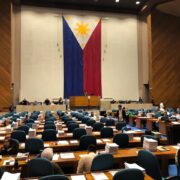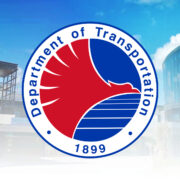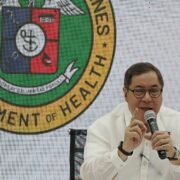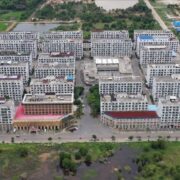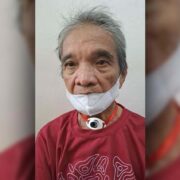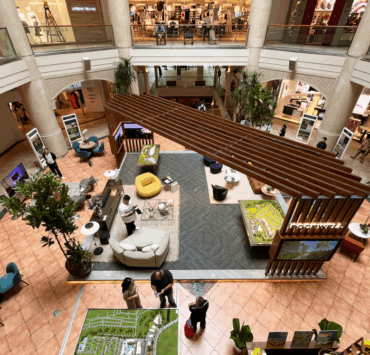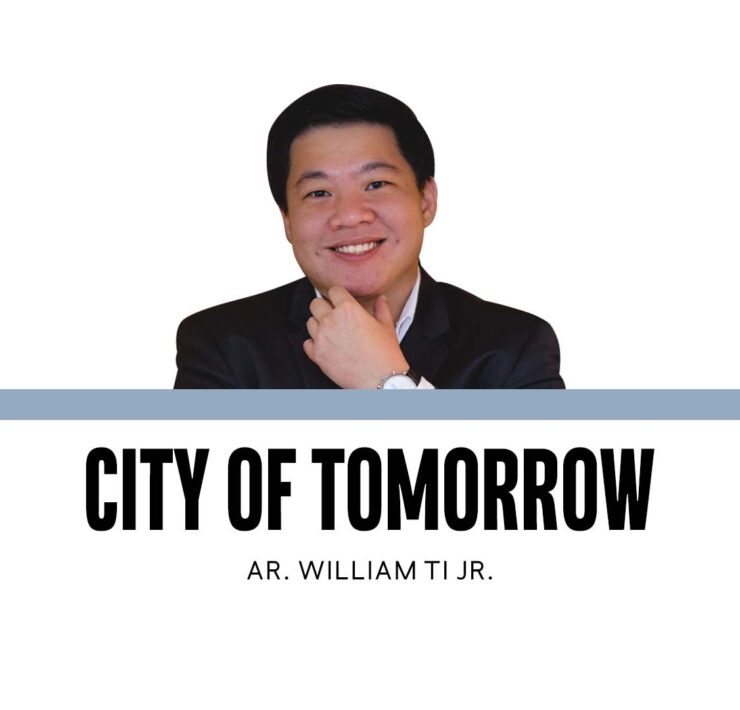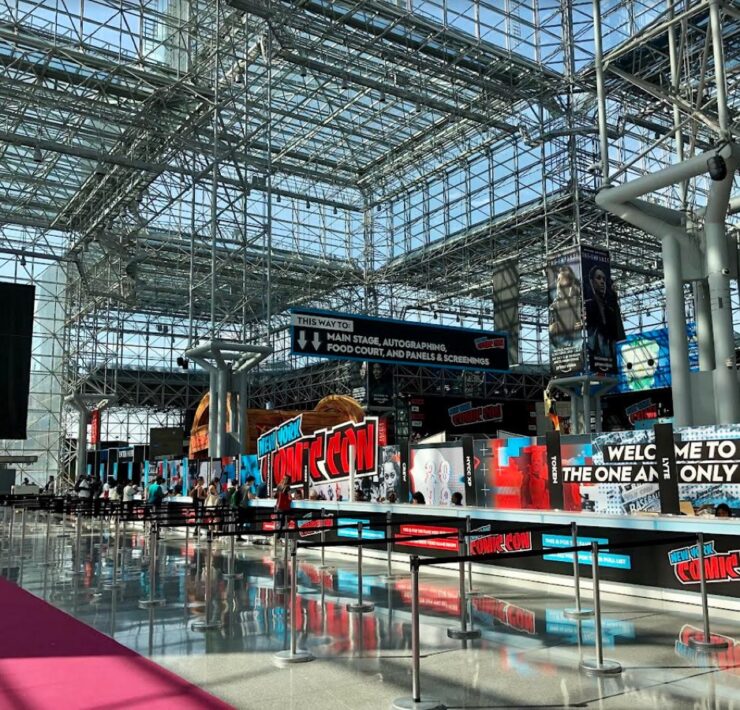Planning that works: From busywork to nation-building

Most people think of planning as a chore—something to tolerate before getting to the “real” work.
And yet we plan constantly–trips, daily routines, and dinner menus. We plan the little things because we know planning saves time, money, and stress.
What we struggle to plan is the big picture: the growth of our cities and the future of our society.
Many of the crises we face–flooding, gridlock, unsafe neighborhoods, fragile utilities–are not surprises. They are the predictable outcomes of failing to plan or of making plans that never see fruition. We don’t suffer from a shortage or failure of planning–we suffer from a shortage of follow-through.

The cost of planning
Government performance is often tallied in quantities: kilometers of road, number of bridges. These inputs are easy to count but they miss the point.
We rarely ask if a new road actually shortened travel times, whether a transit project cut transport costs, or if a flood control scheme reduced the frequency and severity of floods. Too often, our “solutions” kick the can down the road rather than fix the underlying problem head on.
We need to pivot from input metrics to outcome metrics. We need to shift away from infrastructure-based planning. What matters is not how much we build, but whether what we build works.

Plan for today so tomorrow takes care of itself
Planners are frequently forced to choose: solve today’s pains or prepare for tomorrow’s shocks. The honest answer is both. If we start planning today with discipline and clarity, we can relieve current suffering while building resilience for the future.
That future is arriving fast. Climate change will intensify storms and heat. A growing population will stretch housing, water, and transport systems. Rapid development will reshape land values and risk. And the rise of AI will reorganize how we work, learn, and move.
Meeting these pressures demands more than pretty renderings and zoning maps. It requires hard political choices, coordinated execution, and a deeper investment in social infrastructure–the networks of services, spaces, and institutions that enable people to thrive.

What good planning looks like
Good planning is not about aesthetics alone. In architecture, the most beautiful thing is the one that functions. The same is true at city and national scales.
We need a comprehensive agenda that:
- Reduces risk through watershed-wide flood mitigation and river-basin management, not piecemeal walls that shift water from one district to another;
- Moves people and goods efficiently by aligning roads, rail, buses, ports, and sidewalks into a single network that lowers travel times and maybe more importantly, costs;
- Houses people affordably in city by pairing land-use reforms with serviced land, utilities, and mass transit, so homes are where jobs, schools, and services are; and that
- Grows quality jobs through strategic infrastructure and digital connectivity that catalyze enterprise formation, not just short-term construction work.
These are national, cross-sector priorities. They cannot be solved by isolated agencies or single cities acting alone.
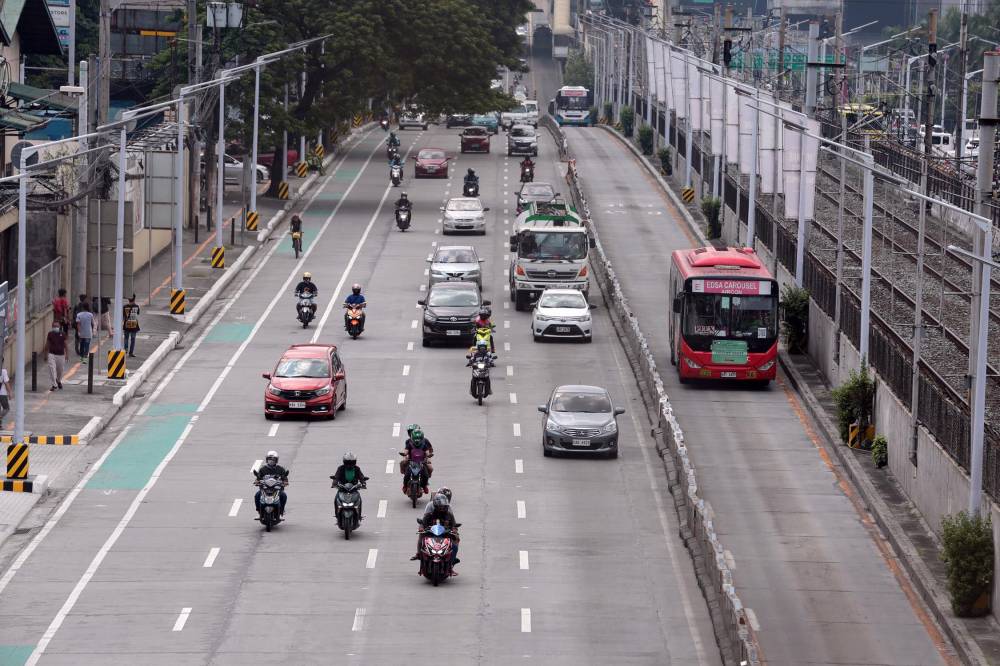
Measure what matters
If we change the scoreboard, behavior will follow. Imagine if every major project had to report:
- Travel time saved per peso spent;
- Transport cost per trip before and after;
- Flood depth and duration reduced across a whole catchment;
- Affordable homes enabled within a 45-minute commute of jobs; and
- Access to opportunity: the share of people who can reach schools, hospitals, and jobs within set time thresholds.
Tie budgets and approvals to these outcomes, and keep measuring them after projects open. That is how we learn, iterate, and scale what works.
Build the institutions to stay the course
Plans fail when no one is accountable for outcomes. We need to develop the following:
Urban and regional research centers. These are independent, technically capable organizations that can observe, define, and measure progress across housing, transport, environment, energy, and digital infrastructure. Their mandate is to produce open, comparable data and evaluate policies without fear or favor.
Stronger and rational national standards. These require agencies to demonstrate that projects advance a shared, long-term agenda–sequenced and coordinated across departments–rather than chasing isolated targets.
Whole-of-basin and corridor authorities. These empower bodies to manage rivers and transport corridors end-to-end, cutting across administrative boundaries so upstream and downstream decisions support one another.
Outcome-based funding. Release funds in tranches tied to verified results (e.g., reduced flood losses, shorter commutes, lower emissions), not just to milestones of concrete poured.
Genuine multi-stakeholder planning. Climate risk, flooding, and mobility are not “just engineering problems.” They are environmental, social, and economic challenges. Government must convene local communities, the private sector, academia, and civil society at the table from the start, not at the ribbon-cutting.
The Philippines at an inflection point
The Philippines can make great strides in the years ahead, but progress will not happen by accident. It will come from building not only infrastructure, but the ideas and institutions that ensure infrastructure serves people.
Better planning is our most affordable tool for national transformation.
Let us stop treating planning as busywork and start using it as a lever for change. Let us judge success by lives improved, risks reduced, and opportunities expanded. Let us commit to comprehensive plans that survive political cycles, to standards that reward outcomes, and to institutions that tell us the truth about what works.
Time waits for no one, and our cities continue to grow. If we plan seriously today—measuring what matters, coordinating across sectors, and following through—we can solve the problems we all know too well and build the resilient, inclusive future our people deserve.
Design exploration requires the input of everyone in our community. We invite everyone to come join our explorations on the human environment. Join us on Instagram @wtadesignstudio and @entrari




